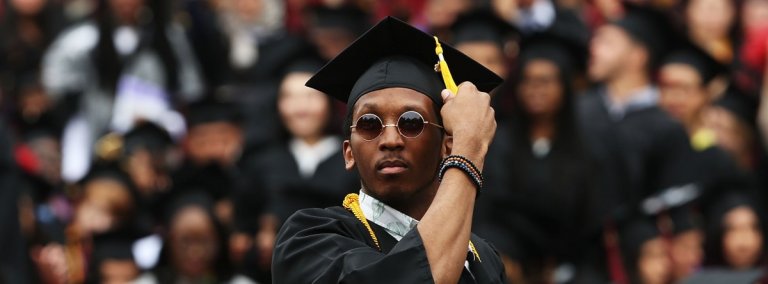
When it comes to the number of Americans studying abroad, men continue to be the minority. Data from the Institute of International Education show that women made up more than two-thirds of American students studying abroad in 2016/17. Men only made up one-third of the more than 300,000 college students who went overseas.
The number of US undergraduates going abroad may have increased 27 percent from a decade ago, but this same gender imbalance has not budged, The Atlantic notes.
This imbalance persists even in colleges that enroll a majority of men, such as Purdue University. Its student body comprises of 57 percent men, but when it comes to the number of undergraduates who go abroad, that figure drops to 41 percent, despite the school’s efforts to increase global awareness.
Analysts would think that with STEM and business – subjects popular among men – as the top two majors among students going abroad today there would be less of a gender imbalance compared to before. Yet, it prevails.
Countries elsewhere have similar problems, too. In Europe, around two-thirds of the study abroad population are women. This figure increases further still in countries such as Romania and Poland, as explored in this Master’s thesis.

Men are missing out missing out on the life and perspective-changing experience of study abroad programmes. Source: Atikh Bana/Unsplash
So where are the men?
One theory proposed by international education leaders is that men are more complacent.
Studying 2,800 students at two- and four-year colleges, researchers found a link between the amount of time male students interacted with their peers and their likeliness to go abroad. The more they spent time with friends, the less likely they are to study abroad. The same does not apply to female students.
It’s a ‘bro mentality’, according to Samantha Brandauer, who runs Dickinson College’s study-abroad office. Their bros influence their choice and they don’t want to leave them behind.
Getting a ‘life-changing experience’, as study abroad is often marketed isn’t a strong enough pull against leaving their bros behind and experiencing FOMO of what’s going on back home. As one male student said, “women had more wanderlust.”
Brandauer told The Atlantic: “Part of this is a messaging problem, because the way we talk about study abroad as a transformative experience just doesn’t resonate with college-age men.”
“They don’t want to be transformed.”

Don’t men wanderlust too? Source: JESHOOTS.COM/Unsplash
Colleges are adopting several measures to make study abroad more appealing to male students.
A ‘study away’ period is required at Pennsylvania’s Susquehanna University. Short-term tours are more popular than an entire semester abroad, according to Scott Manning, the school’s Dean of Global Programmes, mirroring a national trend.
Others push the message on enhancing employability. Internships are being added to existing programmes, as are new locations that could potentially be where these students could work post-graduation, like China and the Middle East.
Timing matters, too. Manning said winter trips are more popular among male students. It’s more experiential (more hands-on, less classroom-bound for these short trips) and leaves their summer available for internships.







